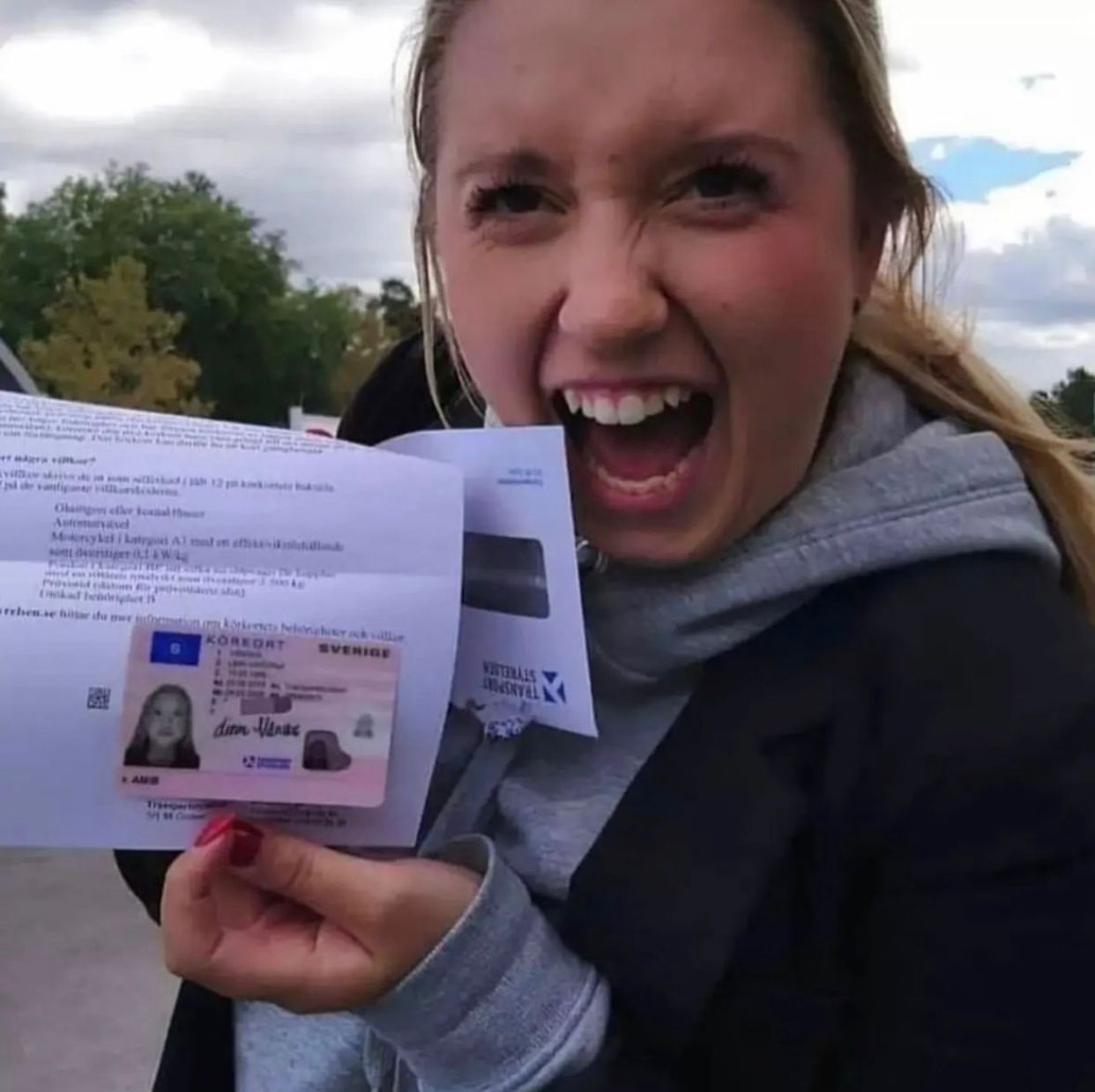The Future of Driving Licenses: ID Handling in 2025
As innovation continues to progress at an extraordinary rate, various sectors are welcoming innovations to improve user experience and performance. Among the areas experiencing substantial transformation is identity management, particularly worrying driving licenses. With the intro of digital licenses and advanced recognition methods, the landscape of driving license ID handling is anticipated to undergo substantial changes by 2025. This article checks out the awaited developments in driving license ID handling, the implications for users, and answers regularly asked concerns about the future of driving licenses.
The Evolution of Driving Licenses
Driving licenses have traditionally acted as a method of determining an individual's authority to run a motor car. They likewise serve multiple secondary functions, including age verification and identity verification for banking and travel. However, you could try this out has limitations, consisting of dangers of counterfeiting, loss, and outdated details. As society seriously relies on effective and safe and secure identification systems, the transition toward digital licenses is becoming significantly popular.
Existing Trends in Driving License ID Handling
- Digital Licenses: Many states are piloting digital driving licenses that allow users to store their qualifications on their mobile phones. These digital licenses are created with sophisticated security functions, consisting of biometric data, and can be scanned or shared safely.
- Blockchain Technology: Some jurisdictions are exploring blockchain to improve the security and authenticity of driving licenses. This innovation ensures that details can not be tampered with and that the information is quickly proven.
- Facial Recognition: Increasingly utilized in recognition practices, facial recognition technology can accelerate the procedure of validating an individual's identity against their driving license. This innovation likewise helps in reducing scams and preserve the integrity of the licensing systems.
- Multi-Functional Licenses: Future driving licenses might incorporate extra functions such as health records, travel documentation, and even payment systems, offering a detailed identity solution.
The Benefits of Digital Driving Licenses by 2025
The shift towards digital driving licenses provides numerous advantages, consisting of:
- Convenience: Users can access their licenses anytime, which removes the need for physical cards. This is particularly useful when individuals forget their license, as digital copies can be recovered rapidly.
- Security: Advanced security measures can minimize the risk of identity theft, scams, and unapproved duplication. Digital licenses typically consist of encryption and biometric verification.
- Performance: Reduced wait times at federal government offices and during traffic stops, as law enforcement can verify digital licenses quickly.
Ramifications for Users
While the advancements in driving license ID managing present numerous benefits, they likewise come with difficulties. Users need to adapt to new technology and guarantee they comprehend the modifications and their implications. Here are some considerations:
- Privacy Concerns: With increased digital footprints, there will be heightened concerns over data personal privacy and how biometric information is kept and used.
- Ease of access Issues: Individuals without access to smart devices or digital innovations might face barriers to acquiring and using digital licenses.
- Regulatory Compliance: With different jurisdictions embracing various systems and procedures, users should know their regional laws regarding digital licenses and recognition.
Expected Changes in Driving License ID Handling by 2025
| Element | Present Status | Expected Change by 2025 |
|---|---|---|
| License Format | Physical cards | Primarily digital licenses |
| Confirmation Process | Manual checks | Automated biometric verification |
| Security Measures | Standard holograms and features | Advanced file encryption and blockchain |
| Jurisdictional Differences | Fragmented procedures across states | More standardized nationwide systems |
| User Interaction | In-person renewals and checks | Mobile applications for management |
FAQs
1. What is a digital driving license?A digital driving license is an electronic version of a conventional driving license that is stored on a mobile phone. It can be used for identification and confirmation in numerous scenarios, with enhanced security features to prevent fraud.
2. How will digital licenses boost security?Digital licenses use file encryption and biometric data, making them more hard to create or misuse compared to standard cards. Furthermore, blockchain innovation can ensure information credibility and integrity.
3. Will everybody be needed to switch to a digital license?While lots of jurisdictions are approaching digital licenses, regulations might vary. Users are encouraged to inspect with their local licensing authorities for specific standards.
4. What are the possible downsides of digital licenses?Some prospective disadvantages include privacy concerns regarding data storage, accessibility problems for individuals without smart devices or digital literacy, and the need for a robust regulative framework to handle security and user rights.
5. How can I get ready for the shift to digital licenses?Stay informed about local initiatives regarding digital licenses, explore readily available mobile applications for managing recognition, and cultivate digital literacy to browse brand-new technologies confidently.
The future of driving licenses and ID handling is poised for substantial advancement by 2025. As digital licenses end up being more common, users will experience boosted security, benefit, and efficiency. However, alongside the benefits come obstacles that will need public awareness and adjustment. Stakeholders need to focus on education, regulation, and accessibility to make sure a smooth shift that empowers people with the identification tools of the future. As technology advances, so too will the approaches through which society handles identity, particularly crucial in procedures as fundamental as operating a motor vehicle.

